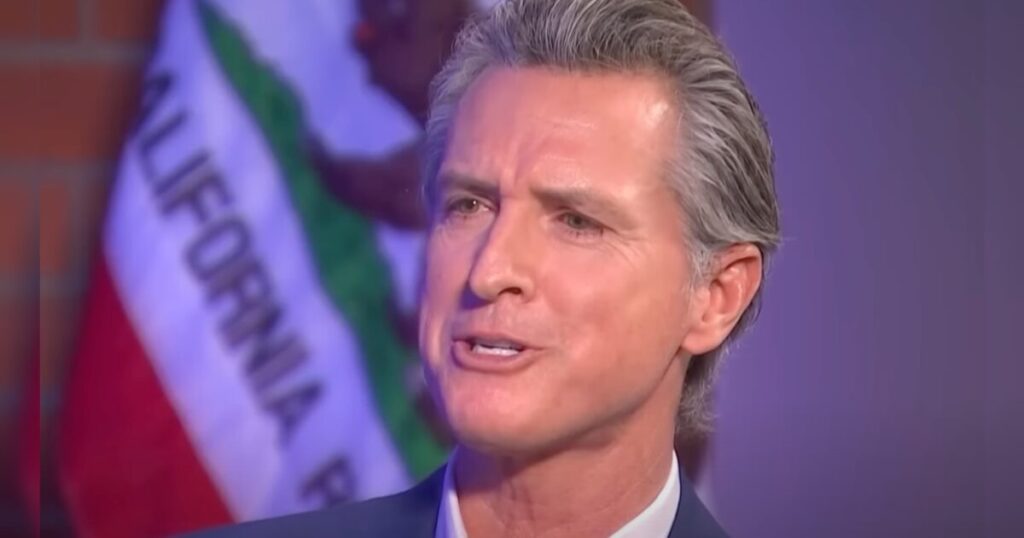On Wednesday, Joe Biden’s Environmental Protection Agency (EPA) approved California’s request to prohibit the sale of new gas-powered vehicles by 2035. This decision comes after California passed a law in August 2022 aimed at transitioning away from fossil fuel-powered cars. The Biden administration lauded this initiative, suggesting that California’s emissions reduction measures could serve as a blueprint for the rest of the nation. However, concerns have been raised about whether California has the infrastructure in place to successfully implement this plan, especially considering the state’s recent challenges with electricity supply during extreme weather events.
The EPA’s approval stemmed from California’s need to obtain waivers under the Clean Air Act to enforce its ambitious emissions targets. With this federal endorsement, California is set to mandate that 35% of new car and light-duty truck sales be zero-emission vehicles by 2026 and achieve a staggering 90% reduction in emissions compared to current levels by 2027. This regulatory shift represents one of President Biden’s last major actions aimed at propelling the auto industry towards greener practices. However, the transition poses significant uncertainties, particularly regarding charging infrastructure and the state’s capacity to support a surge in electric vehicle (EV) adoption.
Critics argue that California’s current infrastructure is ill-equipped to handle the anticipated demand that would accompany such an aggressive ban on gas-powered vehicles. The state grapples with occasional electricity shortages, which raise doubts about its ability to effectively charge millions of new electric vehicles. These concerns are exacerbated by California’s history of energy supply issues during heatwaves and high-wind days, which makes the state’s ambitious transition seem precarious. There is a pressing need for investment in charging stations and grid upgrades that would enable a widespread transition to EVs.
In addition to infrastructure worries, the California Democrats’ approach to reducing emissions includes financial measures that may disproportionately affect middle- and low-income citizens. Recently, state officials introduced a secret gas tax that imposed an additional 50 cents per gallon increase on gasoline. This increase has drawn scrutiny as the California Air Resources Board (CARB) indicated that gas prices would rise by 50 cents annually to fund emissions reduction efforts. Critics contend that such measures further burden residents already struggling with high living costs, especially commuters reliant on gas-powered vehicles.
The public perception surrounding these tax increases remains ambiguous, leading to concerns that constituents may not fully understand the implications of such fiscal policies. Janet Nguyen, a California state senator, expressed her apprehensions about the impact on daily commuters. Many Californians may mistakenly view the emissions-related tax as simply another tax increase, unaware of its additional effects on fuel costs that are essential for commuting to work, school, or essential appointments. This lack of transparency could lead to public pushback against such policies, especially as financial pressures on households continue to mount.
Overall, while California’s ban on new gas-powered vehicle sales by 2035 presents a progressive environmental initiative, the path forward is fraught with challenges. The lack of necessary infrastructure to support a rapid transition to electric vehicles raises fundamental questions regarding the feasibility of the state’s ambitious goals. As the state grapples with rising fuel costs and simultaneous restrictions on gas vehicle sales, it faces the dilemma of balancing environmental aspirations with the practical needs of its residents. It remains to be seen how effectively California can navigate these complexities and implement a sustainable model that is both economically viable and supportive of its constituents.

